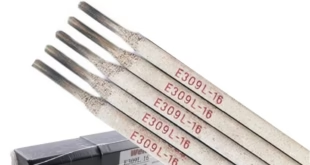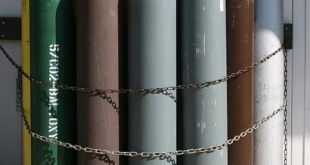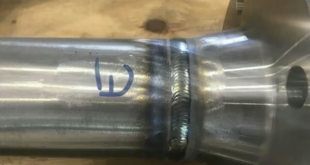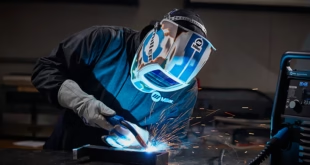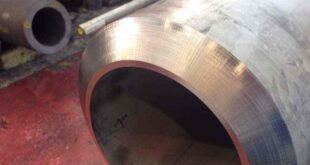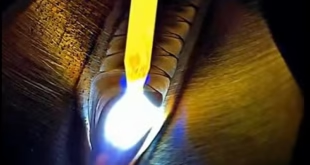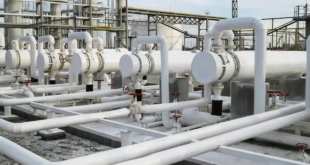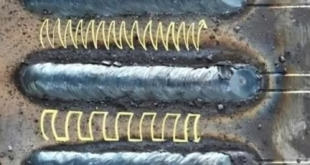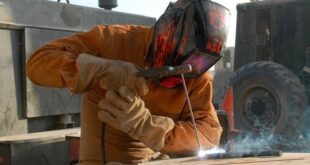AWS A5.4 Standards — Electrodes Stainless steel welding demands consistency, corrosion resistance, and metallurgical control. The AWS A5.4 / A5.4M specification provides the industry’s official blueprint for covered stainless steel electrodes used in Shielded Metal Arc Welding (SMAW). From welding instructors and quality engineers to plant fabricators and inspectors, understanding …
Read More »Shielding Gas for GMAW and FCAW
How to Choose Shielding Gas for GMAW and FCAW Choosing the correct shielding gas is as important as selecting the right wire or welder settings. The gas directly controls arc behavior, heat input, penetration, spatter, and — ultimately — weld quality and mechanical properties. For GMAW (Gas Metal Arc Welding, …
Read More »Welding Stainless to Carbon Steel
Welding Stainless to Carbon Steel Welding stainless steels to carbon (mild) steels is one of the most practical — yet metallurgically tricky — tasks a welder faces. The join is common in piping, heat exchangers, exhaust systems, and many retrofit repairs where corrosion resistance is needed only on one side …
Read More »Welder Qualification Ranges
Welder Qualification Ranges Explained (WPS/PQR/WPQ): Thickness, Positions, Backing Suppose you’ve ever stood at the whiteboard trying to translate code tables into shop reality. In that case, you already know “welder qualification ranges” are the heart of getting people legally and safely onto the job. This guide unpacks how thickness, positions, …
Read More »MIG Welding Settings
MIG Settings by Thickness (MIG Settings Chart & Tuning Guide) Getting MIG (GMAW) settings right begins with metal thickness. Thickness determines the transfer mode you can use, the wire size you should load, the gas you should choose, and—ultimately—the voltage and wire feed speed (WFS) that give sound fusion without …
Read More »Weld Preparation and Bevel Angle
Weld Preparation and Bevel Angle Welds don’t just happen—they’re engineered. One of the most overlooked yet crucial aspects of welding is proper weld preparation, and at the heart of this preparation lies the bevel angle. From structural bridges to pressure vessels and pipelines, the quality of a weld depends greatly …
Read More »Proper Heat Input and Penetration
Proper Heat Input and Penetration In the world of welding, the term “heat input” might sound like just another technical metric—but in reality, it plays a crucial role in determining the success of a weld. Alongside it, weld penetration is the quiet partner that ensures a weld is not just …
Read More »ASME B31.3
The Complete Guide to the ASME B31.3 (Process Piping) Process piping systems are the lifelines of chemical plants, oil refineries, gas processing facilities, and pharmaceutical factories. Ensuring the safe design, fabrication, and inspection of these systems is paramount, and that’s where ASME B31.3 steps in. This guide takes you through …
Read More »Types of Welding Beads
Different Types of Welding Beads What Is a Welding Bead? A welding bead is the line or deposit of metal that forms as a result of fusing two pieces of base metal during welding. It appears as a raised, visible track along the joint, and its shape, consistency, and structure …
Read More »P Number, F Number, and A Number in Welding
P Number, F Number, and A Number in Welding (ASME Section IX) In pressure vessel and piping fabrication, ASME Section IX stands as a cornerstone for regulating welding qualifications. Among the most essential classifications within this code are the P Number, F Number, and A Number. These numerical designations simplify …
Read More » Welding of Welders All about Welding and Welders
Welding of Welders All about Welding and Welders
